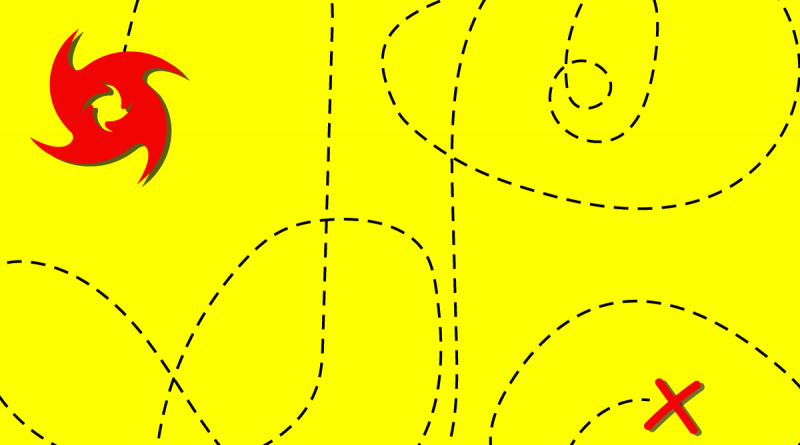Telehealth: Disaster Planning and Recovery
The United States is currently either experiencing or recovering from multiple and widespread natural disasters… with wildfires raging in the Mountain and Pacific West as well as dealing with the aftermath of multiple hurricanes from Texas to Florida to Puerto Rico. The National Interagency Fire Center predicts that the fall and early winter wildfire risk will spread eastward to a band from Texas to South Carolina, while still affecting California, and the National Hurricane Center has increased its risk assessment level for a hyperactive Atlantic season with each new release.
The bad weather is far from over.
This is where telehealth is lending a hand. With the addition of a single dongle, a telehealth cart can be made compatible to run with satellite phones. This simple modification can connect disaster-stricken areas with medical experts from around the country. Many telehealth models readily available for both store and online purchase would add as little as $10 to the cost. To put it another way, the amount of money spent on a discount lunch special could instead be used to save hundreds of lives.
In Puerto Rico, where the need for medical assistance continues in the aftermath of Hurricane Maria, former Health and Human Services (HHS) Secretary Tom Price has suspended many of the restrictions on Medicare, Medicaid, and other health programs for the duration of the emergency. This means that healthcare professionals and organizations have more flexibility to take action. The relaxation of rules also means that consultation with experts licensed to practice in places other than Puerto Rico is now allowed, and telehealth tools can facilitate many of these interactions where people are in need of care.
Deployed in conjunction with the USNS Comfort, the battery life of telehealth carts can be greatly augmented via easy recharging. Further, discussions are already underway between Gov. Ricardo Rosselló and innovators to engage faster restoration of the island’s power grid via solar panel deployment. Doing so would greatly increase the effective range of telehealth carts outside the major cities by making battery replacements easier, or, better still, via direct connection to a fully functional power grid.
If made a regular part of disaster response from FEMA, HHS, and other federal agencies, and done quickly, much of the human suffering in Puerto Rico could be alleviated.
As to the western wildfires, the challenges there are different and so present different opportunities. The flames do not care if a building is a house or a hospital. They burn just the same. And people in the endangered areas have to be evacuated as quickly and as safely as possible. Nursing homes in particular will need ready access to continuity of care, including monitoring of patients and medical records storage requirements, to make sure the necessary medicines and therapies experience the smallest possible interruption. Whereas swift deployment in the aftermath of a hurricane is the proper plan, preparedness with telehealth capacities before a wildfire occurs is the best route. Through the coordination capacities of telehealth services, nursing home residents and hospital patients can be routed to the facilities best able to receive them and thus ensure the best possible results.
The important thing here is that there are current, real, life or death medical needs in our country from the far Northwest to the island Southeast. Telehealth powered by trusted provider organizations, whether as part of a preparedness plan or deployed in aftermath response, can and should be used to help save lives.
Avizia was acquired by Amwell in July of 2018. Information on this page refers to activities that occurred prior to the acquisition and are presented for historical context. Together we provide a comprehensive acute care offering—a full end-to-end telemedicine solution for health systems and their providers.


